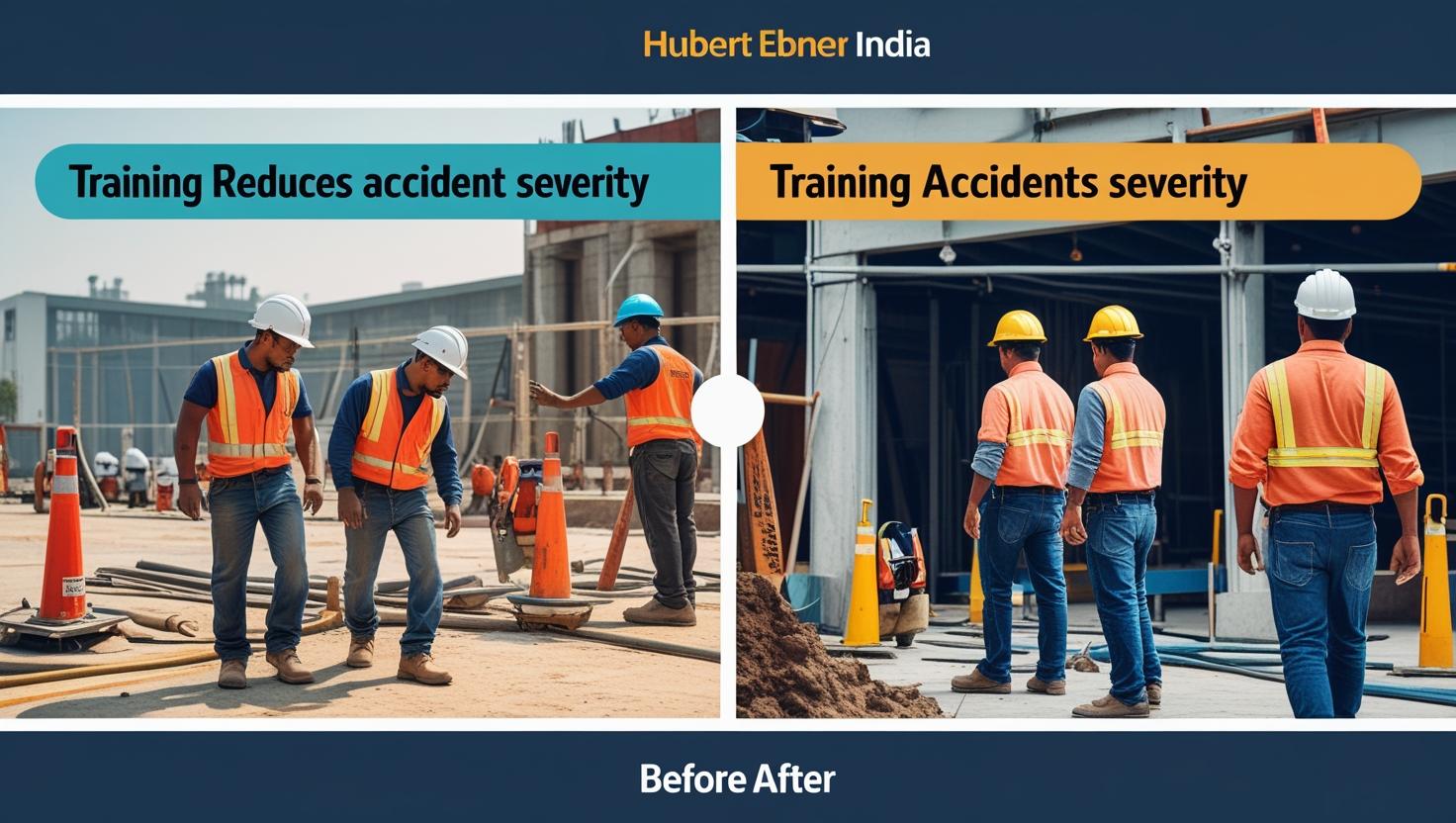How Training Reduces Accident Severity
Accidents on the road are not always avoidable, but accident severity can often be minimized through proper driver training. At Hubert Ebner India, we emphasize that while preventive measures reduce the chances of a crash, the real game-changer is a driver’s ability to respond effectively during and after an incident. This is where structured training programs make a measurable difference.
1. Understanding Accident Severity
Accident severity refers to the extent of damage or injury caused by a road incident. While factors like speed, weather, and vehicle condition play a role, the driver’s reaction time, decision-making, and control have the most immediate impact on the outcome. Training equips drivers with the mindset and skills to make the right moves when seconds count.
2. The Role of Driver Training
a) Improving Hazard Perception
Trained drivers are more adept at spotting potential dangers—be it a sudden pedestrian crossing, a vehicle merging unexpectedly, or road debris. Early detection allows drivers to slow down, change lanes safely, or adjust their route, reducing the force of impact if a collision occurs.
b) Emergency Maneuvering Skills
Training covers techniques like controlled braking, skid recovery, and evasive steering. In emergencies, these skills help drivers maintain control, prevent rollovers, and reduce crash intensity.
c) Speed Management
One of the key determinants of accident severity is speed at impact. Defensive driving programs teach drivers to adjust their speed based on traffic flow, road conditions, and visibility, ensuring lower collision forces.
3. Psychological Preparedness
In high-stress situations, panic can lead to poor decisions. Driver training incorporates stress management and mental rehearsal techniques that help drivers remain calm under pressure. This improves their ability to follow safety protocols instead of reacting impulsively.
4. Post-Accident Response
Reducing accident severity doesn’t end when the crash occurs. Properly trained drivers know how to:
- Switch on hazard lights and set up warning triangles to prevent secondary accidents.
- Provide immediate first aid to themselves and others, minimizing injury escalation.
- Communicate effectively with emergency responders to get timely assistance.
5. Real-World Benefits of Training
Companies that invest in structured driver training often see:
- Lower injury rates in accidents
- Reduced vehicle damage repair costs
- Improved insurance claim outcomes due to documented safety efforts
- Enhanced public image as a responsible organization
For example, fleets that adopted Hubert Ebner India’s defensive driving modules reported up to 30% fewer severe accidents within the first year of training.
6. Continuous Learning Matters
One-off training isn’t enough. Skills need reinforcement through refresher courses, on-road coaching, and performance reviews. This ensures drivers stay updated with the latest safety techniques and maintain good habits.
Conclusion
Accidents may be part of the driving reality, but their severity doesn’t have to be. By focusing on hazard awareness, emergency response, and psychological readiness, driver training empowers drivers to protect lives, vehicles, and company resources.
At Hubert Ebner India, our programs are designed to build these life-saving capabilities, ensuring every driver is equipped to face the road’s unpredictability with confidence and skill.




